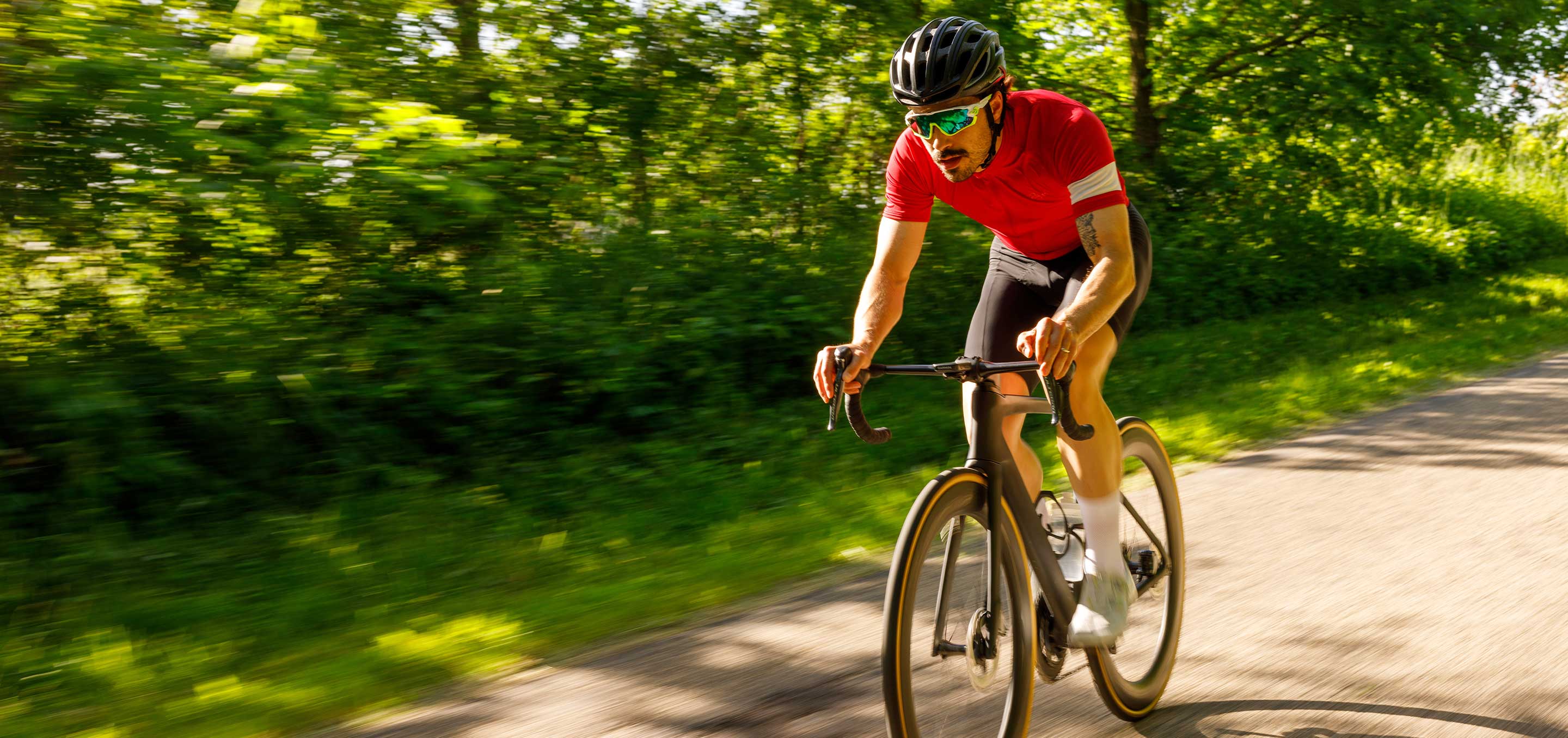9 Ways to Defeat Post-Hiking Fatigue
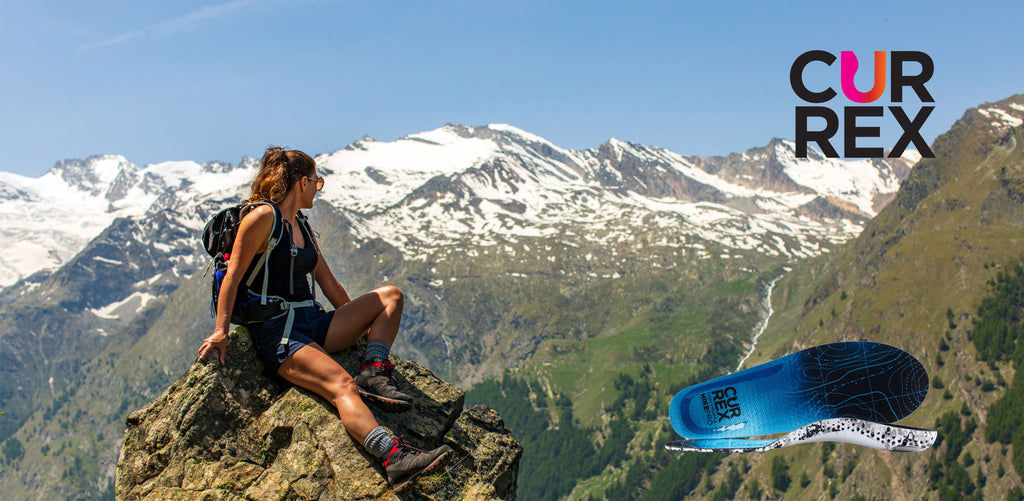
Post Hiking Fatigue Recovery Tips
When one adventure ends, you’re ready for the next to begin. Post hike fatigue, or a hiking hangover, can make getting back on the trail with sore muscles and a lack of energy a challenge. From knowing your limits to wearing comfortable hiking insoles that help fight fatigue, these nine tips can help you achieve sustainable energy levels and recover sooner.

Why do I feel exhausted after hiking?
Post-hiking fatigue is the exhaustion you feel during or after a hike. After a long day of thru hiking or a few hours traversing rocky terrain, your muscles can get sore and your energy levels depleted. This can be bad news for hikers who still have a few hours until camp or even worse if you’re only a day into your weekend-long trip.
Fatigue while hiking is normal and a few reasons why you might feel exhausted after hiking are:
- You’re undernourished and didn’t fuel up properly.
- You were dehydrated, failing to replenish electrolytes lost in sweat.
- You drank alcohol the night before, which can promote dehydration.
- You didn’t warm up before the hike and overworked your muscles too soon.
- You went hiking the other day and needed more time to rest between trips.
- Your hiking boots didn’t have enough cushion or dynamic arch support.
Post Hike Fatigue Symptoms
All you want to do is keep moving forward, get back out on the trail, and log some more miles in the great outdoors. So, what’s stopping you? Some signs you might have post hike fatigue are:
- Muscle cramps
- Body aches and pains
- Shallow breathing
- Feeling overly exhausted
- A complete lack of energy
- Feeling faint, dizzy, or lightheaded
- Headaches
- Stiff, sore, or weakened muscles
If any of the above symptoms are keeping you from your next hike, it’s time to try a new hiking recovery regimen with CURREX® HIKEPRO™, the best insoles for hiking boots that help you feel better and perform better.
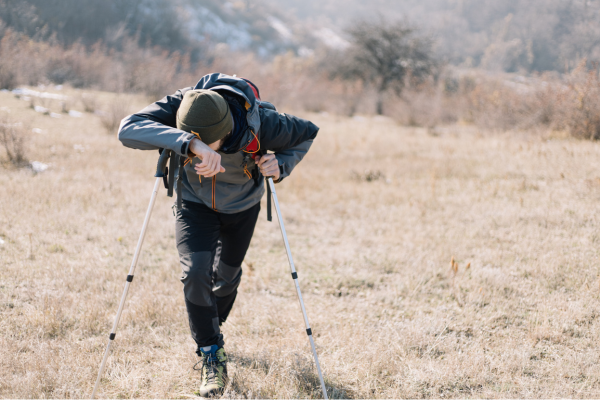
8 Tips for Post-Hike Fatigue
Trekking is a lot of physical work, but once you get to where you’re going, it will be worth it. Why deal with an aching back, sore legs, or throbbing feet if you don’t have to? Stop post hike exhaustion from keeping you down with the following tips:
1. Choose Quality Gear that Fits
Well-fitting gear built for the trails will improve your hiking experience and prevent post-hike fatigue. Your pack should be the right size and your hiking boots need enough cushion and ankle support to prevent injuries like blisters or a sprained ankle. Specialty stores for hiking can help you find the right equipment.
Always wear hiking appropriate clothing that's moisture wicking and breathable and don’t forget to bring an extra layer for unexpected weather changes. To take strain off your feet and legs, invest in a pair of trekking poles that also help you maintain balance and stability when going downhill.
2. Wear Hiking Insoles
Comfort, stability, and support are crucial for trekking thousands of steps up and down elevations and through diverse terrain. Wearing a full-contact, dynamic adventure insole like CURREX HIKEPRO with anatomic support, shock absorbing cushioning, and superior stability can help reduce fatigue so you can trek on for longer.
CURREX HIKEPRO insoles are the most comfortable insoles for hiking. They were designed to give hiking footwear a perfect foot while providing comfort and control. Featuring anti-slip grip, extra forefoot cushioning, and recycled materials that promote airflow while managing moisture, CURREX HIKEPRO is every hiker’s best insole for comfort, security, and support on the trail.
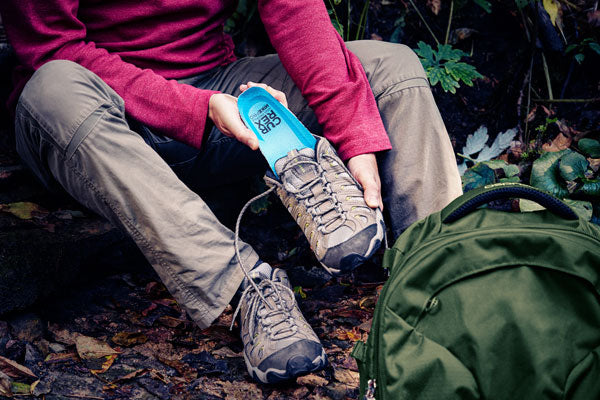
3. Only Pack What You Need
A heavy pack will exhaust you sooner than one that’s well-packed with only what you need. The lower the pack weight, the greater the average mileage you can take on each day. By keeping your pack weight no more than 20 percent of your bodyweight, you can have all the supplies you need for safety and comfort without overdoing it.
4. Stay Hydrated
Dehydration is the main cause of post hike fatigue and muscle cramps. Increase your water intake a few days before your trip and, during your hike, aim for 16 to 24 fl oz of water each hour for the first few hours. Then, take sips regularly and often. Always bring more water than you think you’ll need and consider packing a filter.
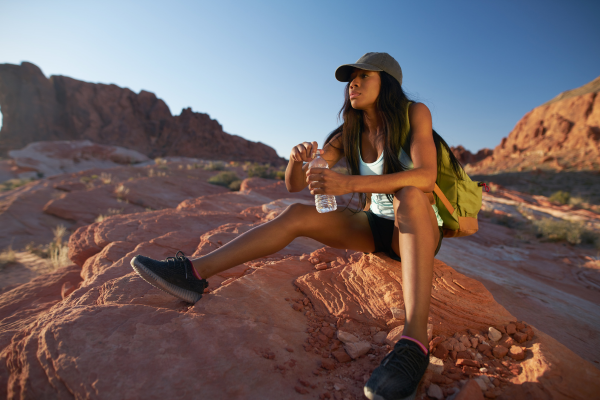
5. Eat Right & Often
Replenishing key nutrients will also keep you at peak efficiency. On the morning of your hike, eat a meal that’s packed with protein and complex carbs. Have plenty of snacks on hand and take bites throughout your hike so you’re never at a deficit. Your body prioritizes absorption of nutrients about 30 minutes post exercise, so be sure to eat again shortly after reaching camp.
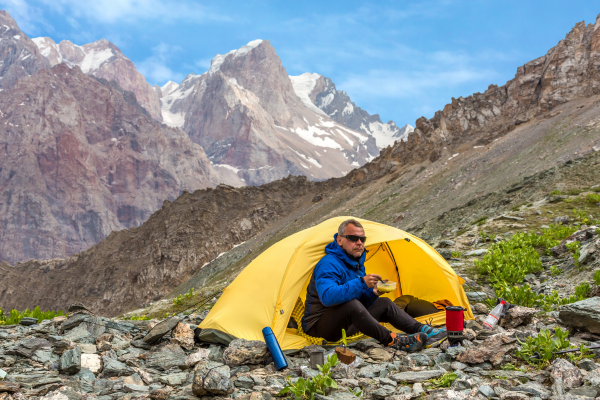
6. Pace Yourself
Hiking really is about the journey more than the destination. Start out slow so your muscles can warm up then gradually increase your pace. Take breaks when you start to feel tired and use deep breathing exercises to replenish oxygen levels as you enjoy the scenery. Lastly, slow your roll into camp to reduce your chance of fainting or cramping as your muscles need time to cool down.
7. Know Your Limits
Preparedness is the key to a successful hike. Knowing your limits and dialing back when necessary will keep you safe and comfortable. Those with foot pain, for example, should wear cushioned hiking insoles. CURREX HIKEPRO specifically helps protect against foot and heel pain by dampening forces at every foot strike and minimizing slippage to prevent blisters.
Because not all paths are exact, avoid obsessing over your objective and consider having a secondary campsite in mind. Otherwise, you risk pushing yourself past the point of exhaustion and potentially getting injured.
8. Practice Better Hiking Form
For runners, form is about feel. Trail runners often change their foot strike and pay attention to their form so they’re more comfortable when navigating rocky terrain. In hiking, having better form means correcting your posture which is easier with a quality hiking pack. Keep your shoulders back and your head up. Try to relax and allow your arms to swing at your sides.
9. Stretch Your Muscles
Stretching helps relieve sore muscles after hiking and prevents muscle fatigue throughout your trip. Exercises like calf, quadricep, and hamstring stretches as well as hip flexors and shoulder stretches promote increased blood flow to important muscles and joints, making them ideal for a pre-hike warm up and post-hike recovery.
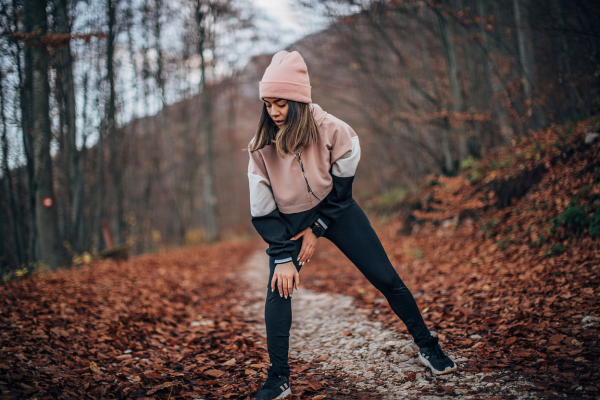
How long does it take your body to recover from a hike?
The time it takes to recover from a hike depends on your experience level, the conditions and intensity of the hike, and what you did before and after. It’s best to start your post trekking recovery routine immediately after reaching your destination. Typically, it takes two to four days for your muscles to fully recover after a hike, but using CURREX HIKEPRO’s tips for post hike recovery can help shorten that time.
CURREX HIKEPRO Insoles for A Better Hike
From a morning walk at your local national park to conquering the Appalachian Trail, CURREX HIKEPRO insoles are built trail ready. Engineered to keep you outdoors, they use unbeatable comfort and dynamic support to reduce hiker’s fatigue and prevent injury. Complete your hiking boots and get back out there with CURREX HIKEPRO.






